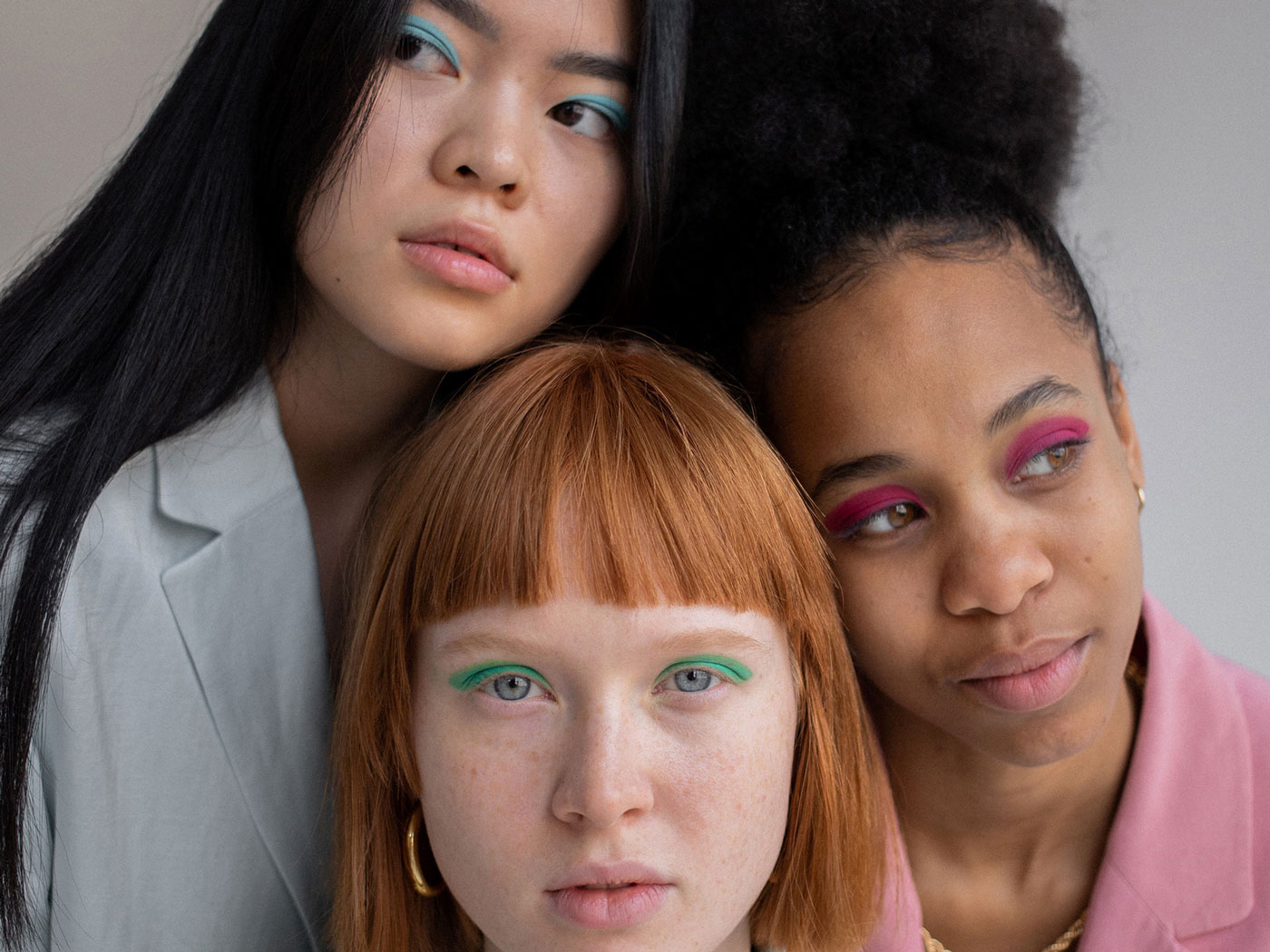

Faced with social and environmental issues, consumers now expect brands to convey values that meet their demands.
We put both our market research expertise and our passion for understanding humanity at heart to support your marketing decision-making and accelerate changes.
Innovation is source of growth for any business. It is therefore vital to make development reliable by placing consumers at the heart of your thinking, from the earliest possible stage of the innovation path.
Strategir combines various research methodologies to assist your innovation projects. We position ourselves as a genuine partner in your innovation process, to help you identify offers that will bring a strong business success.




Product tests are Strategir’s core activity, with over 2,000 innovations tested every year!
Drawing on our expertise in innovation testing, we have developed number of key indicators (KPI signature ) that quantify the success potential ensuring your offer’s competitive advantages.
To help you manage launch of your offers as smoothly as possible, Strategir offers a tool for sales volume forecast.
Based on the principle of micro-modelling and Artificial Intelligence (AI), our Market Shaker® provide accurate sales forecast, reconstructing a panel of virtual consumers, in which all the factors that influence a purchase are linked to individuals.




Faced by social and environmental issues, consumers now expect brands to convey values that meet their demands.
So, we are placing both our market research expertise and our passion for understanding humanity at your service to accompany your marketing decision-making and accelerate changes.
Innovation is any business’s source of growth. It is thus vital to make its development reliable by placing consumers at the heart of your thinking, as far ahead as possible.
Strategir combines various research methodologies at the service of your innovative projects. We position ourselves as a genuine partner in your innovation, the aim being to help you identify today the offers that will make your business a success tomorrow.




Product tests lie at the heart of Strategir’s activity, with over 2,000 innovations tested every year!
Thanks to our great expertise in innovation tests, we have developed a large number of key indicators (KPI signature ) that will allow you to identify the key factors for success, which can give your offer an advantage over the competition.
So as to help you manage your launches of offers as smoothly as possible, Strategir has developed a tool for estimating sales volumes.
Based on the principle of micro-modelling and Artificial Intelligence (AI), our Market Shaker® allows us to reconstruct a panel of virtual consumers, in which all the factors that influence a purchase are linked to individuals.



Strategir is a market-research company with over 35 years of experience, operating on a human centric scale. We enlighten brands in their marketing decisions by combining human and technological skillsets.
We can support you in projects to reconcile business efficacity with social issues.
Our purpose, since 2022: “Inspiring to foster the development of enlightened consumption”.
Fully understand your challenges
thorough active listening by our sector experts
Define the best approach for your objectives
bringing a broad range of skillsets into play
Provide full support at all phases of your project
by our strong in-house resources and methods
Provide strong industry expertise
with our multidisciplinary and collaborative approach
Integrate all your strategic challenges
to assist you to go further
Understanding in depth your issues
the better to meet them thanks to a proactive attention from experts in the sector.
Defining precisely the means required for your project,
by bringing into play a broad range of skillsets.
Taking in hand all the phases of your project,
by drawing on a close internalisation of means and resources.
Putting at your disposal an experience in the sector
including a genuine multidisciplinarity, in a collaborative rationale.
Integrating your strategic challenges,
to provide you with insights to allow you to advance further.
Sign up for our newsletter to keep in touch with our activities and stay informed about upcoming events, webinars, etc…